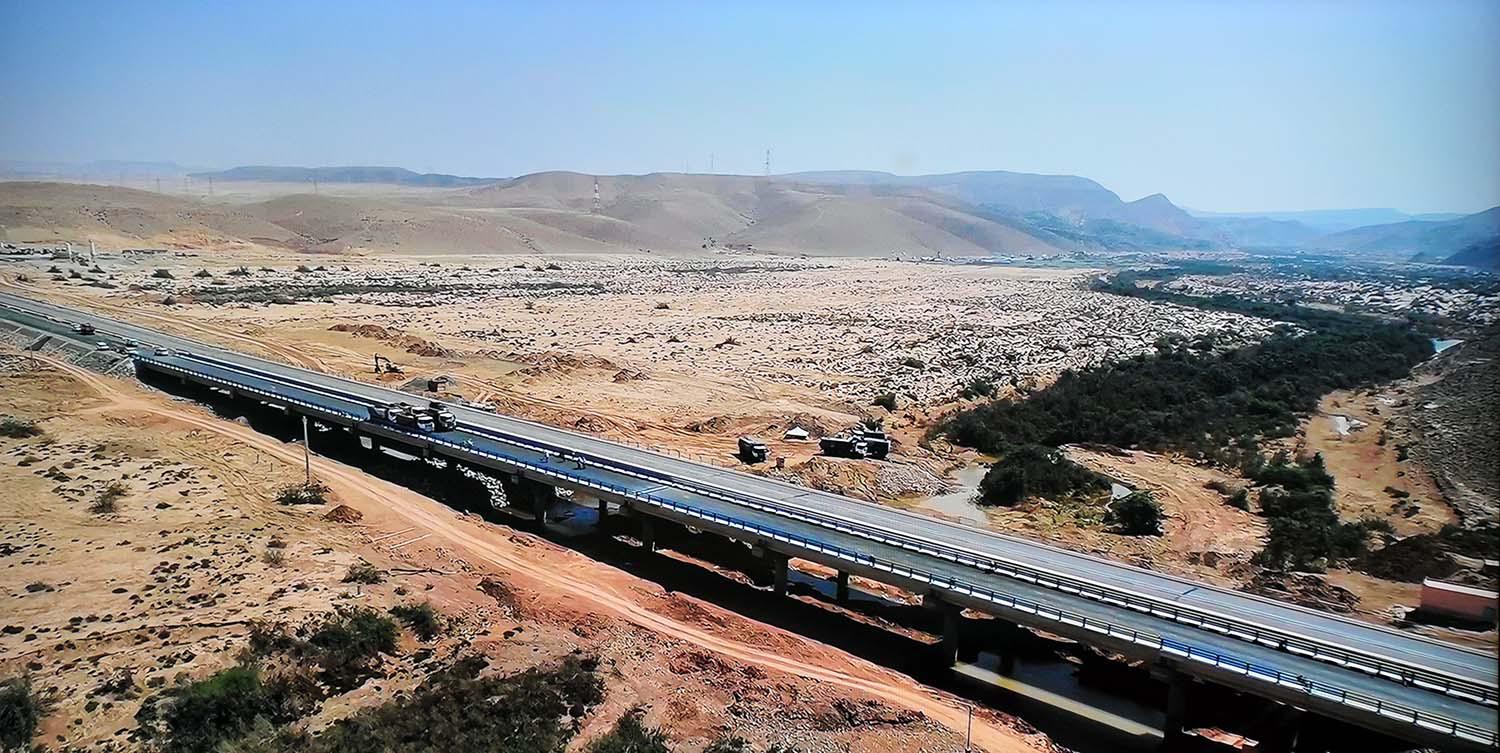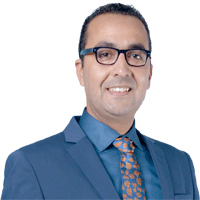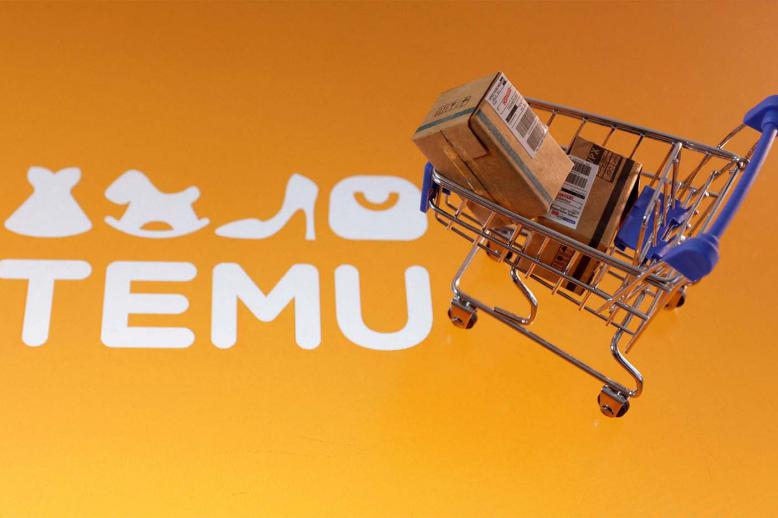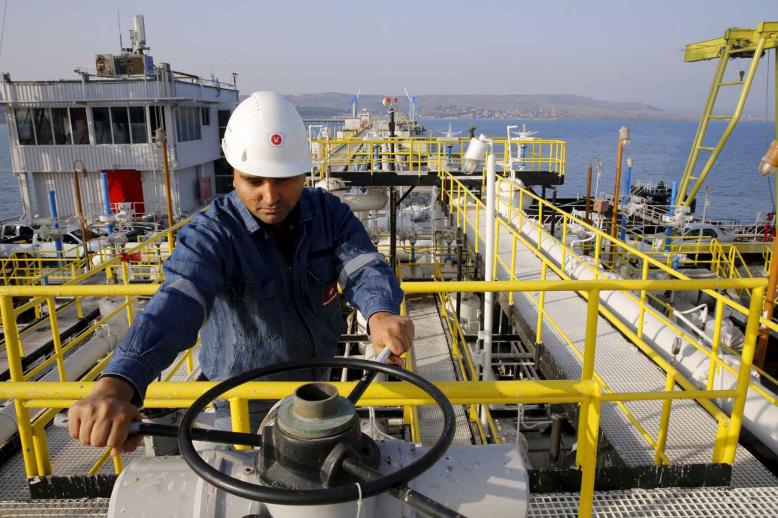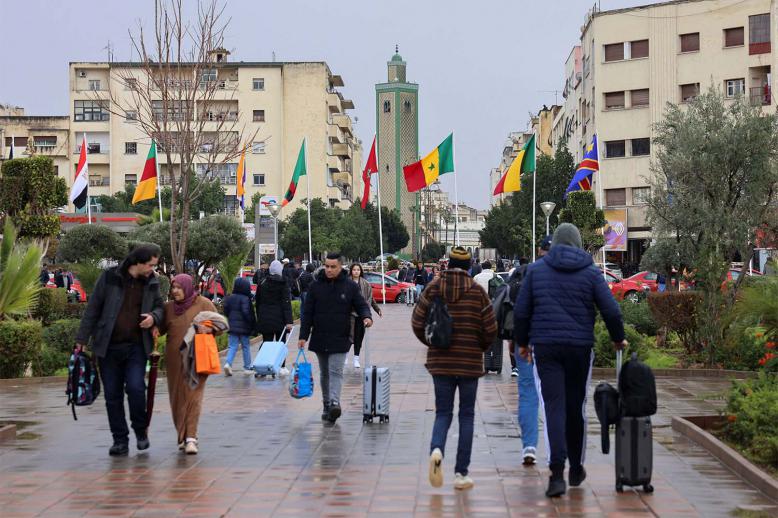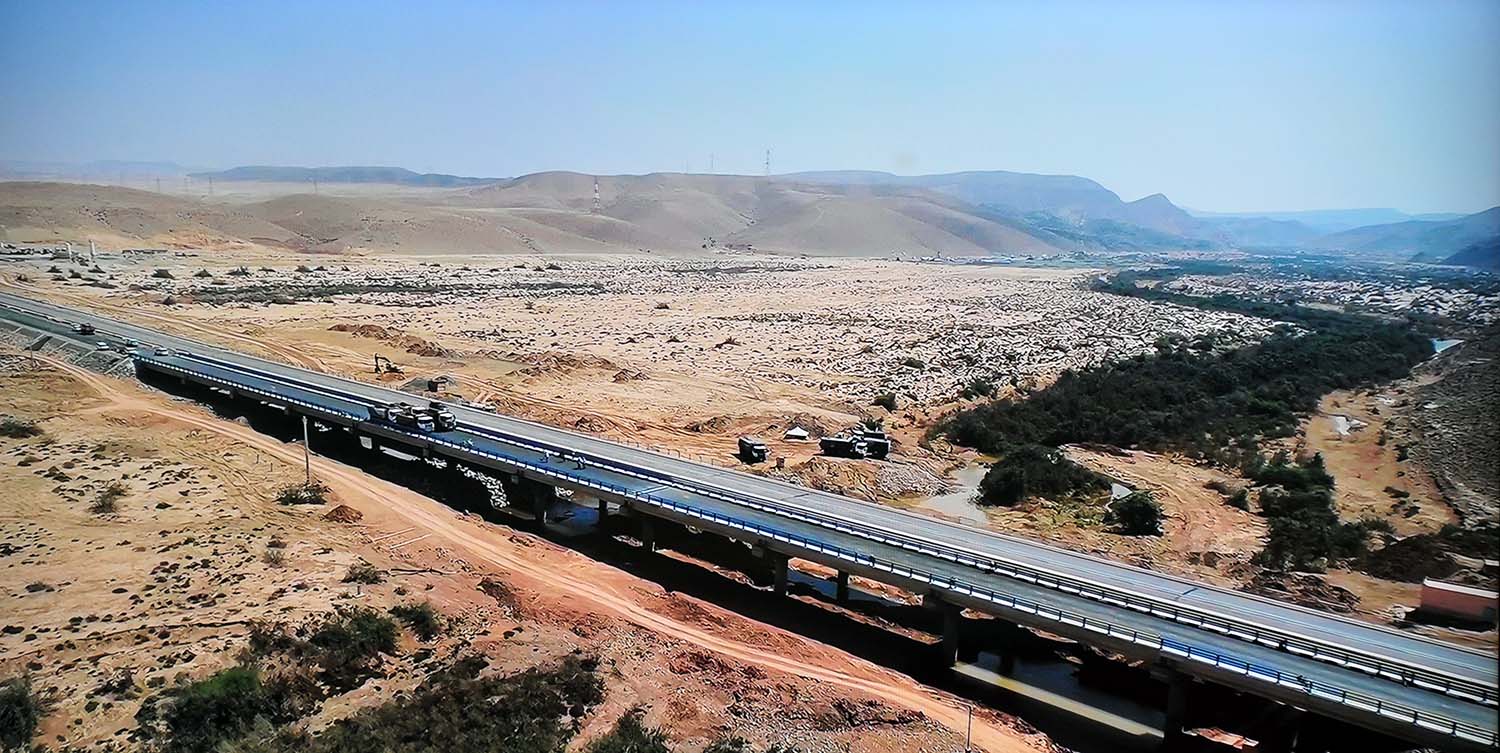
Tiznit-Dakhla expressway; the artery of southern Morocco’s logistics
DAKHLA – The Tiznit-Dakhla expressway is one of Morocco’s most ambitious infrastructure projects that will have a gargantuan impact on the North African Kingdom’s socio-economic development.
The 1055 km road project, which was launched by King Mohammed VI in 2015 to commemorate the 40th anniversary of the Green March, offers the southern area an arterial thoroughfare that will ease the traffic flow of both light and heavy vehicles in line with international safety standards.
The duplication and widening of the national Road One between Tiznit and Dakhla, which is conducted by the ministry of equipment and water with a budget of 9 billion dirhams ($902.1 million), will benefit four regions in southern Morocco, along with their ten annexed provinces, in addition to more than 2.2 million inhabitants.
Economic impact of the expressway
The Moroccan economy will greatly benefit from the road project as it will boost employment along the expressway, which requires 2.5 million working days to achieve it, generating 30,000 working days of direct work and 150,000 of indirect working days after its completion.
The traffic flow will be much faster as the travel time will be minimised by 5 hours for heavy vehicles and 3 hours for the light ones, further enhancing the connectivity amongst the southern areas, reducing significantly travel costs and boosting logistics hubs which deal with production and distribution.
The expressway will also strengthen the economic exchange between the north and the south of the country and reinforces Morocco’s key role of connecting Africa to Europe through a sustainable and safe route network.

It will also play a role of a catalyst for investment in various sectors, including tourism, industry, education and health care.
“Morocco wants to make the expressway a road for sustainable socio-economic development which is the only road that links Europe to Sub-Saharan Africa,” said El Khattat Yanja, President of the Dakhla-Oued Eddahab regional Council.
“King Mohammed VI’s enlightened vision is to make the southern regions a great pole of development,” he added.
Dealing efficiently with challenges
Both public services and private companies have used their professional skills to overcome major challenges, such as rugged terrains, the COVID-19 pandemic which halted work for a period of time following repeated lockdowns, and the soaring prices of construction materials besides their shortage worldwide.
The expressway includes new 16 large bridges along the road that help avoid traffic suspensions caused by bad weather and floods.
As for the rugged terrain, some 114 km along with its five bridges, have required enormous constructions with a budget of Dh2 billion ($200.47 million).
Morocco can take pride in dealing with the challenges efficiently thanks to its know-how and the efficiency of all those involved in the project, including entrepreneurs, engineers and investors.
With the expressway, Southern Morocco now stands out as the essential platform of the crossroads of the African and European worlds.


